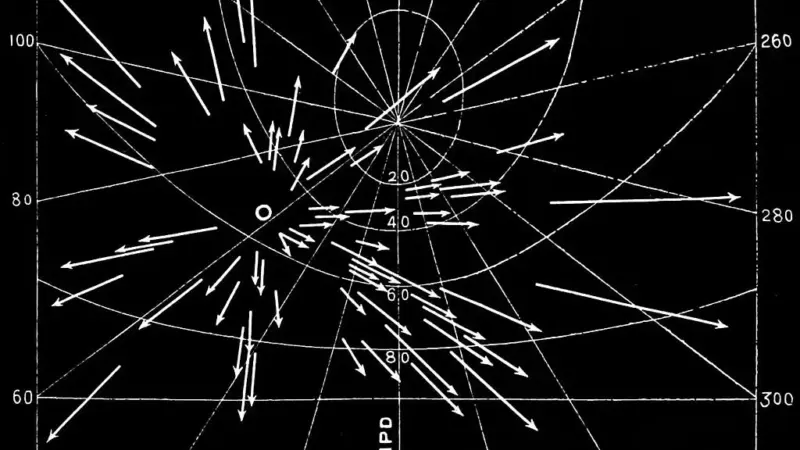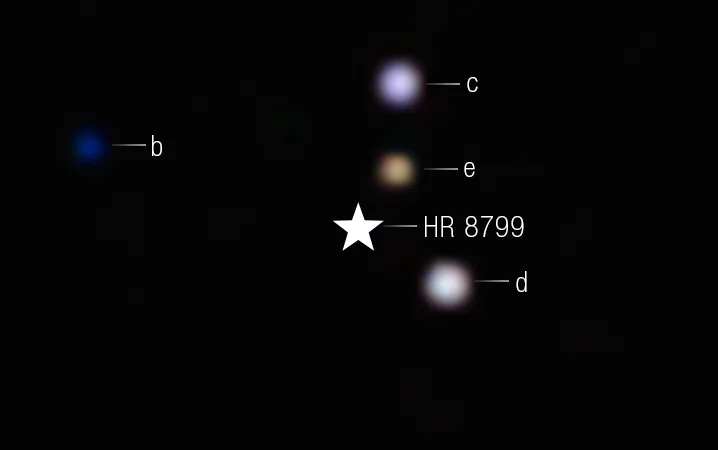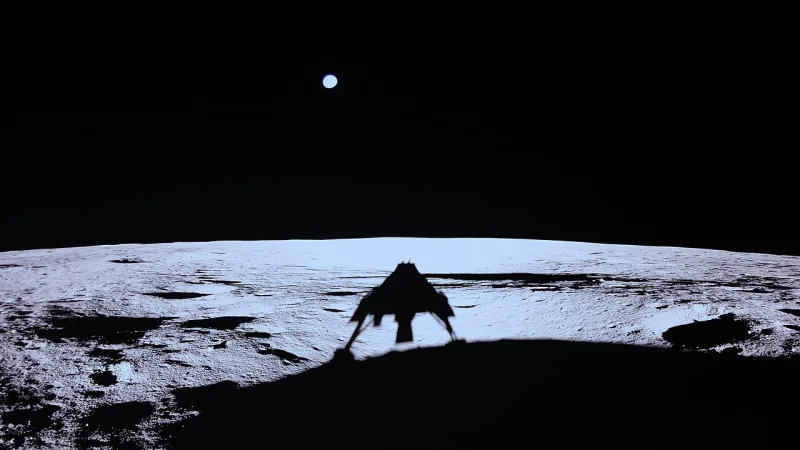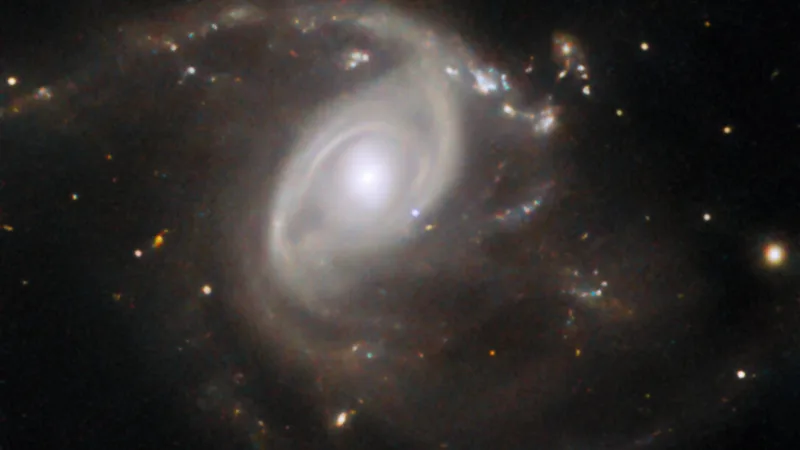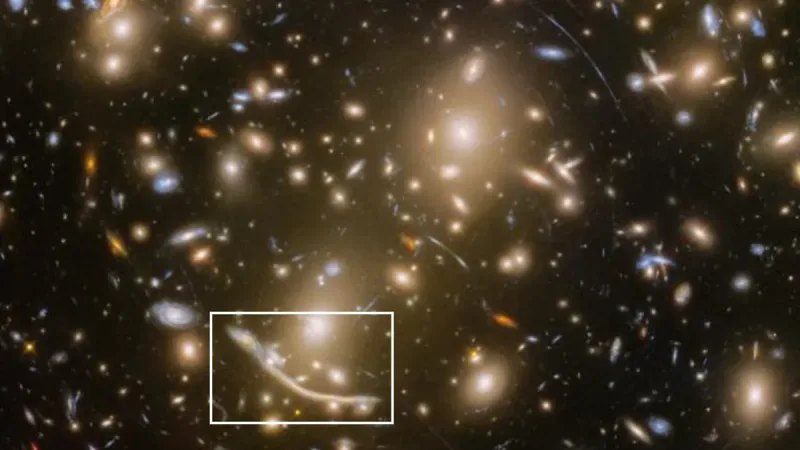JWST Sheds New Light on Mysterious ‘Sub-Neptune’ Worlds
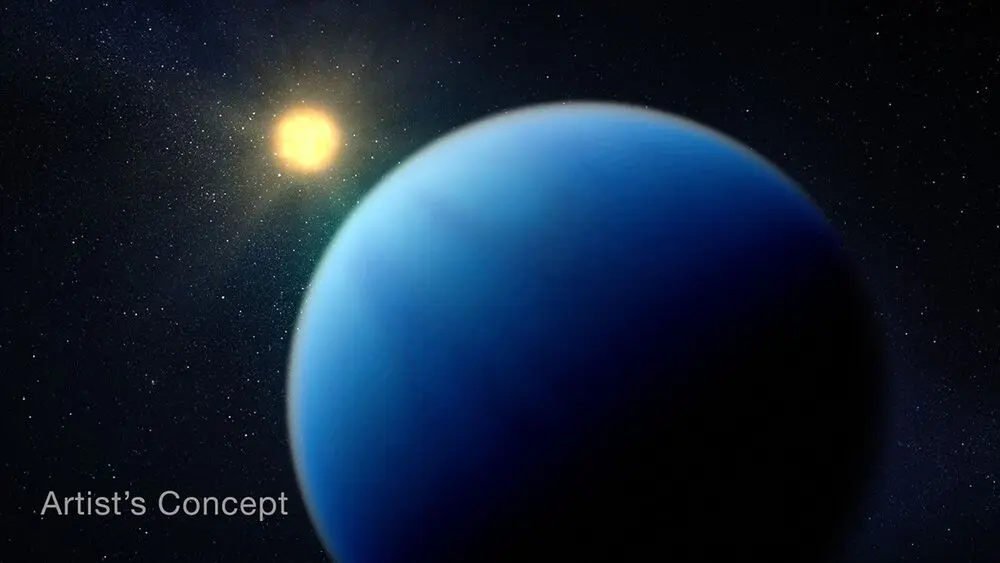
In a groundbreaking study that could transform our understanding of planetary systems beyond our own, NASA’s James Webb Space Telescope has offered an unprecedented glimpse into the atmosphere of a curious and poorly understood class of exoplanets known as sub-Neptunes.
Sub-Neptunes — planets larger than Earth but smaller than Neptune — don’t exist in our own solar system, yet they’re the most commonly observed type of exoplanet in our galaxy. Shrouded in haze and mystery, these distant worlds have long evaded meaningful atmospheric study. But that’s starting to change.
For the first time, scientists have peered through the atmospheric veil of a hot sub-Neptune called TOI-421 b, revealing striking chemical details — and shaking up assumptions in the process.
“I had been waiting my entire career for Webb so that we could meaningfully characterize the atmospheres of these smaller planets,” said Eliza Kempton, the study’s lead researcher and an astronomer at the University of Maryland, College Park.
A Planet Unlike Any in Our Solar System
TOI-421 b orbits a Sun-like star located about 253 light-years away in the constellation Scorpius. With temperatures reaching a blistering 1,340 degrees Fahrenheit (727°C), this planet is far hotter than Earth and well above the threshold where scientists expect hazes — created by chemical reactions involving methane — to form.
That heat, it turns out, may be a key advantage.
Previous observations of cooler sub-Neptunes using older telescopes revealed mostly flat, featureless spectra, indicating that their atmospheres were obscured by clouds or haze. But TOI-421 b is different.
Thanks to Webb’s powerful spectroscopic tools, scientists were able to detect distinct chemical fingerprints in TOI-421 b’s atmosphere — including water vapor, hydrogen, and possible traces of carbon monoxide and sulfur dioxide. Notably absent were methane and carbon dioxide, which supports the theory that hotter sub-Neptunes may be free from haze.
A Hydrogen Surprise
The most surprising discovery was the presence of a hydrogen-rich atmosphere — a finding that challenges previous assumptions.
“We had recently wrapped our mind around the idea that those first few sub-Neptunes observed by Webb had heavy-molecule atmospheres,” Kempton explained. “So that had become our expectation — and then we found the opposite.”
That contradiction suggests that TOI-421 b may have formed or evolved differently than its cooler counterparts. Its light, star-like atmosphere even mirrors the composition of its host star, hinting at a possible origin story more similar to gas giants like Jupiter or Saturn.
“If you just took the same gas that made the host star and put it on top of a planet, then cooled it down — you’d get something very similar,” Kempton said.
What Makes TOI-421 b So Special?
Aside from its searing heat and clear atmosphere, TOI-421 b is notable for orbiting a Sun-like star — a rarity among sub-Neptunes observed so far, which mostly orbit cooler red dwarfs. This raises a new question: Is TOI-421 b a one-off anomaly, or the first in a new category of planets we’ve just begun to understand?
Answering that will require more observations of similar planets. But if TOI-421 b is representative of a broader group, it could signal a turning point in our study of exoplanets.
“These high-temperature planets are amenable to characterization,” said Brian Davenport, a University of Maryland Ph.D. student who led the primary data analysis. “By looking at sub-Neptunes of this temperature, we’re perhaps more likely to accelerate our ability to learn about these planets.”
A New Era of Exoplanet Exploration
The findings, published May 5 in The Astrophysical Journal Letters, are another milestone for the James Webb Space Telescope, which launched in December 2021 and continues to push the boundaries of cosmic discovery.
Jointly operated by NASA, ESA, and CSA, Webb has quickly become humanity’s most powerful tool for exploring distant worlds. From probing the atmospheres of alien planets to unraveling the mysteries of the early universe, its work is only just beginning.
Sources: TOI-421 b: A Hot Sub-Neptune with a Haze-free, Low Mean Molecular Weight Atmosphere
NASA’s Webb Lifts Veil on Common but Mysterious Type of Exoplanet


